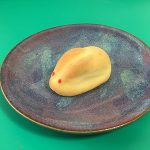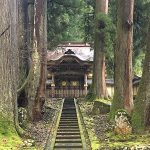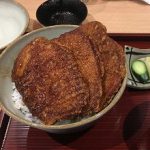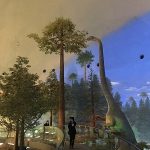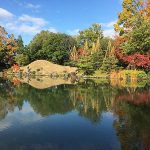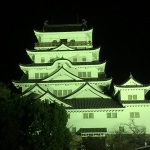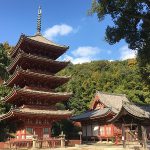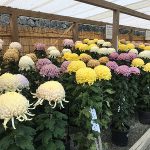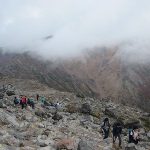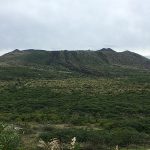Manju is one of Japanese traditional sweets which is a bun stuffed with sweetened bean paste. (Source: Wikipedia) Inaba-no-shirousagi of Tottori Prefecture is a kind of such manju but having a shape of a rabbit. Access: Shin-osaka (shinkansen 0:30) Himeji (express train 1:40) Tottori @ “Inaba-no-shirousagi” means the white rabbit of Inaba, the old name for the… Read more →
